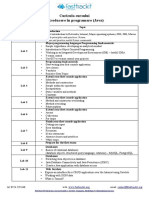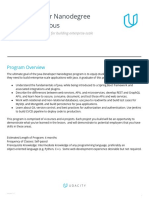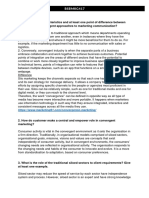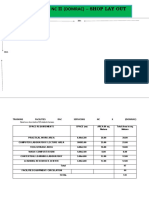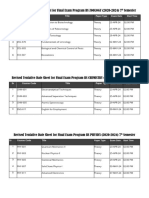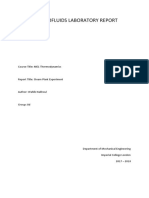0% found this document useful (0 votes)
106 views7 pagesBackend Development
The document outlines a comprehensive 12-week curriculum for learning Java and related technologies, covering topics such as Java architecture, OOP, Spring Framework, REST APIs, and microservices. It includes practical sessions on project management with Maven, unit testing, and deployment processes, culminating in a major project to develop an E-Wallet application. Each week consists of multiple sessions that build upon each other to provide a thorough understanding of modern Java development practices.
Uploaded by
muksishereCopyright
© © All Rights Reserved
We take content rights seriously. If you suspect this is your content, claim it here.
Available Formats
Download as PDF, TXT or read online on Scribd
0% found this document useful (0 votes)
106 views7 pagesBackend Development
The document outlines a comprehensive 12-week curriculum for learning Java and related technologies, covering topics such as Java architecture, OOP, Spring Framework, REST APIs, and microservices. It includes practical sessions on project management with Maven, unit testing, and deployment processes, culminating in a major project to develop an E-Wallet application. Each week consists of multiple sessions that build upon each other to provide a thorough understanding of modern Java development practices.
Uploaded by
muksishereCopyright
© © All Rights Reserved
We take content rights seriously. If you suspect this is your content, claim it here.
Available Formats
Download as PDF, TXT or read online on Scribd
/ 7

















































